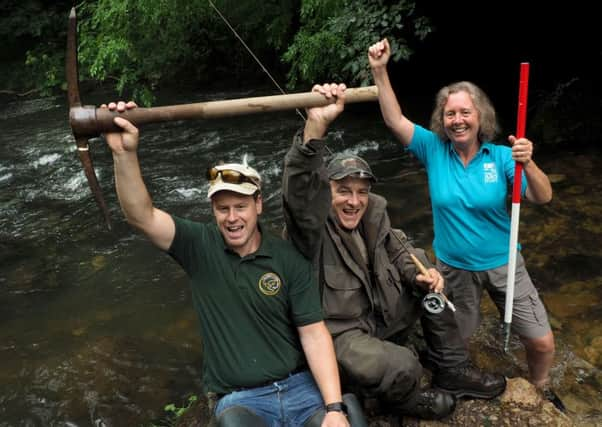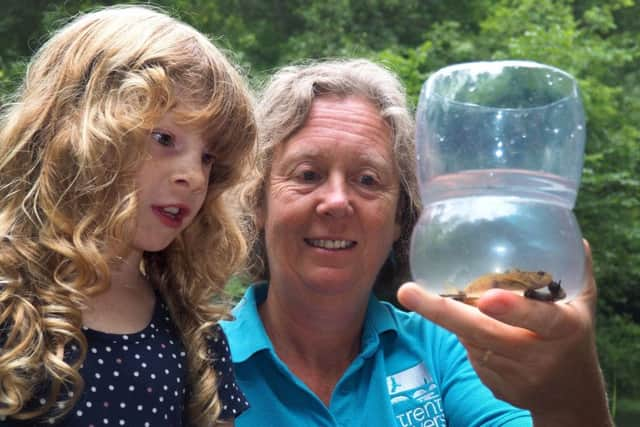Returning Peak District rivers back to how they were before the Victorians


“When you see a tattoo on a fish you’ve caught it’s a disappointment, because you’ve tricked a farmed fish that’s fat and stupid,” he said.
“Catching a domesticated animal that’s been released into a modified artificial environment is nothing compared to the satisfaction of deceiving a cunning wild fish,” said Tim Jacklin from the Wild Trout Trust.
Advertisement
Hide AdAdvertisement
Hide AdHence the pick axes. This year Alex and colleagues from the Leek and District Fly Fishing Association set about two weirs in Dovedale in the early stages of a project to return many parts of the river to its natural, free running state as it was before wealthy Victorians came up with the idea of replacing the depleted wild trout with farmed fish.


Since 1880, 177 weirs were installed on the Dove alone, to recreate the ‘stew ponds’ favoured by trout farmers.
Izaak Walton, the famous ‘Compleat Angler’ writer, would not recognise many stretches of the Peak District rivers he popularised in his books of the 17th century, where, said Tim Jacklin, the waters now flow “like a canal.”
The ‘Letting the Dove Flow’ project is checking all the River Dove’s weirs and from now on aims to select at least six a year to remove, along with naturalising stretches of the river by adding trees and branches into the flow and reducing some built features on the bank.
Advertisement
Hide AdAdvertisement
Hide AdSimilar rewilding projects on the River Wye around Bakewell have improved river quality on another famous Derbyshire fishing river, said National Trust ecologist Chris Wood, who described ‘impounded’ water above many Peak District weirs as like a “wet desert, with no food and no variety for wildlife.”


Many fly fishing clubs now believe that improving rivers (and stopping or reducing the farmed fish they add) makes for better fishing. Naturalising rivers is good for birds, fish, insects and visitors who’ll be more likely to see dippers (and water voles on the Wye) said Tim Jacklin. “It’s kind of returning the river to how it was before the Victorians interfered with it.”